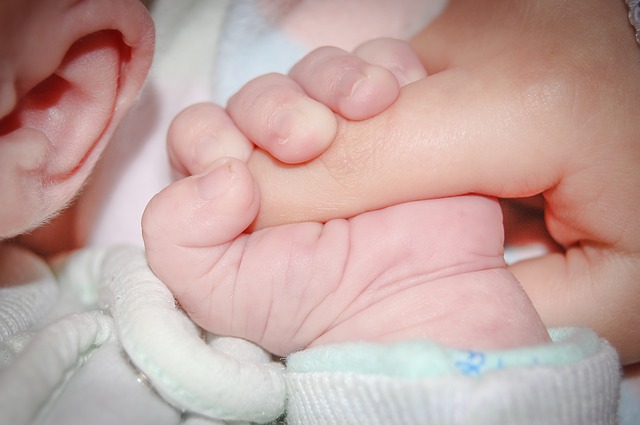
I felt it yesterday like a heavy, wet, angry blanket descending on my entire being: a full moon is imminent. I knew it without looking at the calendar or even seeing the moon the night before to know where in the moon phases it was.
Over the last few years, I’ve noticed my body being more and more in tune with the moon. Maybe it’s happening more, or maybe I’m just noticing it more. A lot of people says it’s all in my head, that I’m cuckoo, that I see the calendar and then look for things to validate what I want to believe. To counter that accusation of confirmation bias, I bought a calendar without moon phases and just stopped paying attention.
And I can always feel it coming. Not always to the same degree, but there’s an increase in the sluggishness, the mood changes, the disrupted sleep patterns. I feel it and I say, “There’s a full moon coming.” And I look it up, and there it is.
And yesterday? Far worse than normal, and then today I woke to see an article about the fact that this isn’t just any old full moon tonight. It’s what Native Americans call the Strawberry Moon, marking the season of strawberries, a full moon on the summer solstice, June 20th. It’s a rare, once in a lifetime occurrence.
According to the Old Farmer’s Almanac, “The word solstice is from the Latin solstitium, from sol (sun) and stitium (to stop), reflecting the fact that the Sun appears to stop at this time.” As TreeHugger.com explains, “[T]he sun stands still at its northernmost point as seen from Earth. Its zenith doesn’t yearn north or south, but waits patiently at the Tropic of Cancer before switching directions and heading south again.” The solstice happens again to usher in winter.
It’s funny to me that for thousands of years humans studied the moon and stars in order to plant, to plan, to live in harmony with nature. We still do it; we just rely on meteorologists to do the studying for us. There’s really no difference between following the natural phases of the moon and checking the weather forecast to see if it’s going to rain on your picnic next week. It’s all studying nature and the course it takes, and how it’s going to impact our lives.
I wonder if perhaps we returned to a closer relationship with Creation, returned to our own study of the stars and planets that God so carefully and strategically placed in the heavens, if we would become less “me” focused and more “universe” focused, more understanding of the fact that we’re but tiny parts of a greater whole. Maybe we’d be more empathetic and patient, less selfish and narrow minded.
Then again, maybe that’s just the moon talking.
***
If you want to learn more about the solstice, here are some posts on the summer solstice from Patheos Pagan blogger, Jason Mankey:
- http://www.patheos.com/blogs/panmankey/2014/06/the-ancient-nature-of-midsummer/
- http://www.patheos.com/blogs/panmankey/2014/06/names-of-the-summer-solstice/
- http://www.patheos.com/blogs/panmankey/2015/06/ways-to-celebrate-the-summer-solstice/?ref_widget=popular&ref_blog=panmankey&ref_post=names-of-the-summer-solstice















